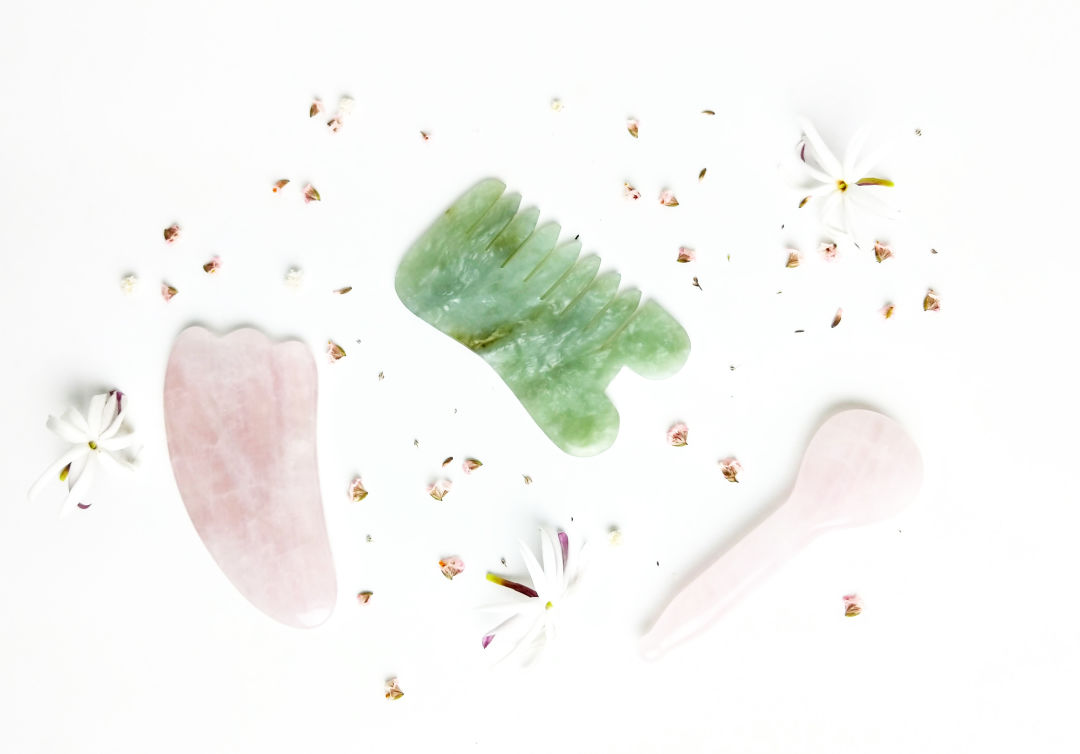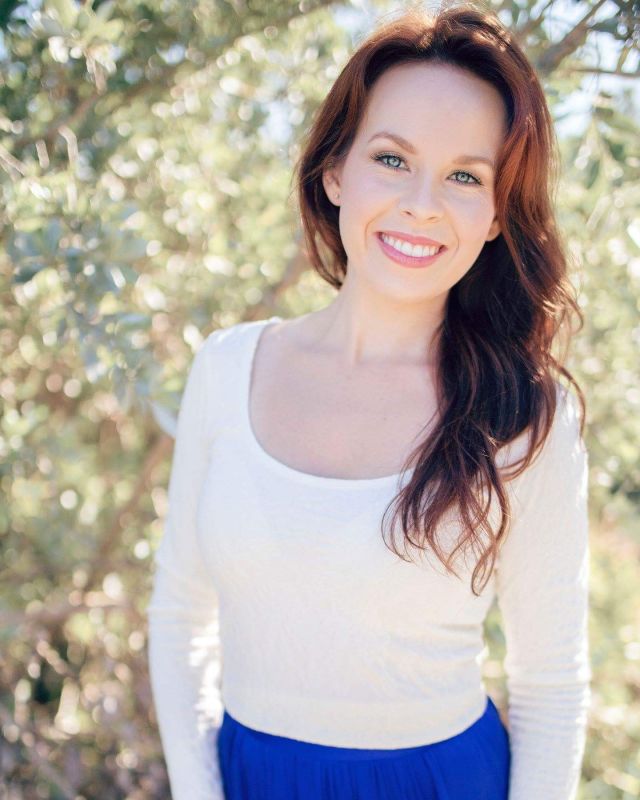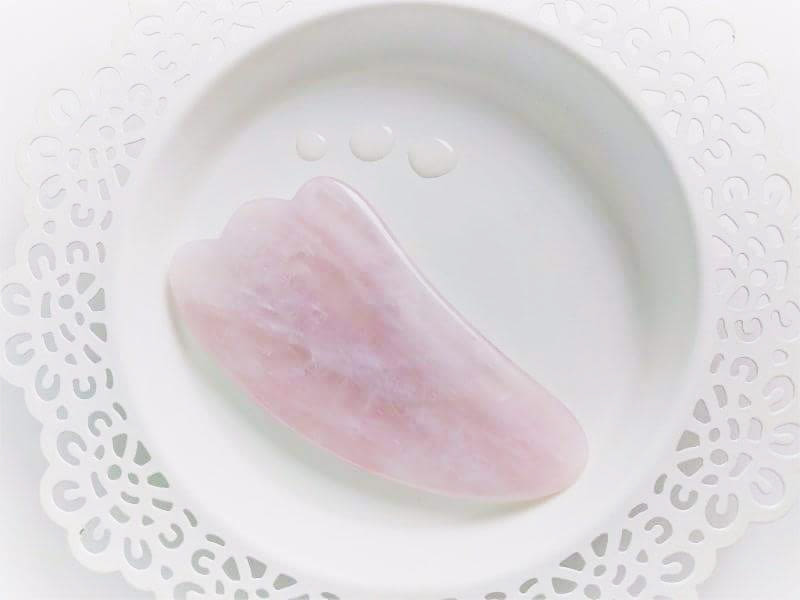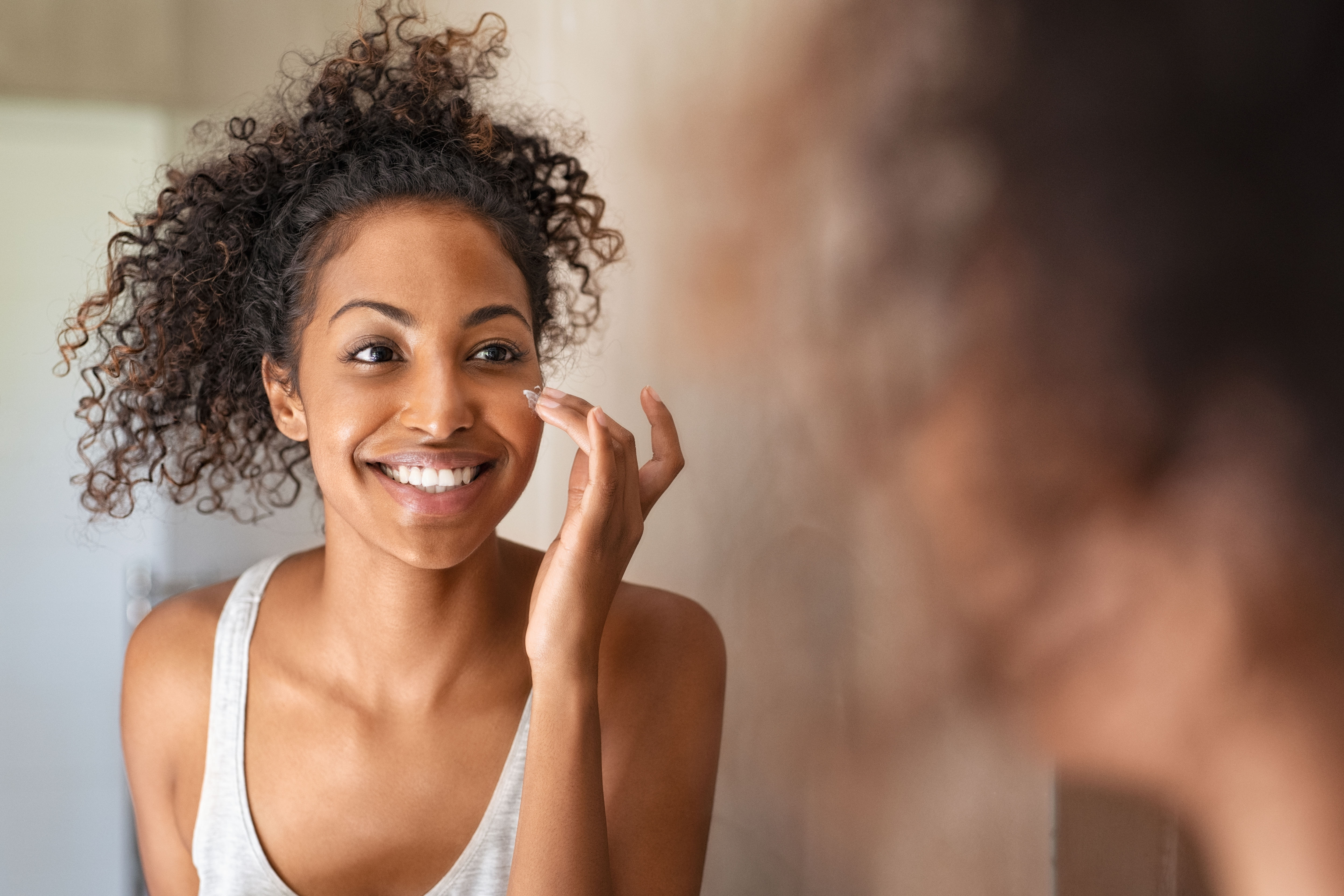We Tried It: A Gua Sha Facial Treatment

Facial gua sha uses natural stones, like jade and rose quartz, to move lymphatic fluid, improve circulation and release fascia and muscle adhesions, resulting in a boost of blood flow, oxygen, and vital nutrients.
Skincare is a hot topic these days. From entire websites devoted to finding the best products for your skin to the popularity of multi-step Korean beauty regimens that involve words like "essence" and "ampoules" and products like snail cream to think pieces about skincare in The New Yorker, it's safe to say that many of us have never been so in touch with what we put on our faces. The louder and crazier the world gets, the more we turn to our medicine cabinets and our serums, moisturizers and masks for comfort.

Elizabeth Thomas
Elizabeth Thomas, owner of Bradenton's Pure Skincare by Elizabeth, gets this. Her entire business model is devoted to the concept of skincare-as-self-care; to addressing specific skin concerns but also their underlying stressors, both internal and external. When you meet her, you don't just tell her about the products you're using, you tell her about your diet and lifestyle, too. She's just as likely to recommend a vitamin or a supplement as she is a product. And she's spent the past year perfecting an offering called gua sha, a facial treatment that's based on ancient Chinese medicine and is only available locally in her tiny Bradenton studio, nestled off Cortez Road.
We talked to Thomas about her background, her holistic approach to skincare, and what exactly gua sha is—plus, how we can incorporate it into our daily lives.
Why you decide to become an esthetician?
I've always found skin fascinating. I majored in biology in college with the intention of becoming a dermatologist, but felt my heart was being led elsewhere. So I went with what felt right and visited a local natural health college specializing in esthetics. I had never received a facial treatment before, but I was interviewed and signed up that same day! I just knew I had to fill that space in my heart. I'm a natural caregiver, and my dream was to pamper men and women while improving the health of their complexions.
You refer to yourself as a “wholistic" aesthetician—what does that mean, and why is it important?
I received my license in 2008, at the height of the recession. I had a tough time finding my place in the industry but looking back, that was a blessing in disguise. I was lucky enough to work with different spas to expand my knowledge, which ultimately led to understanding where I wanted this journey to take me. My natural passion for wellness clicked, and I began focusing on a non-traditional, holistic approach to skin care.
As a natural researcher, I was intrigued and amazed [to discover] how deeply connected our skin is to the rest of our body. From our fascia to our immune system and our stress levels, the body's complexities make treating the skin a challenge that I live for, especially as we discover the importance our skin's microbiome and the need to protect it. I use the word "wholistic" because I incorporate a variety of integrative approaches for treating the skin, with the focus on bringing harmony to the whole body.
When a client comes to see you, what can he or she expect?
My approach to treating clients is more than just the treatment itself; I want to get to know you so you feel comfortable with me. We begin with a full health assessment, discussing your lifestyle, stress level, nutrition and home care, current skin care regimen and past health history. This allows us to take a deeper look into what your skin is communicating and how we can most appropriately treat you. Your facial is entirely intuitive, slow and meditative. I feel and look at what your skin is communicating during the treatment and customize as I go. By blending traditional techniques with my own, your facial is signature to what your skin is speaking.
You are the only esthetician in the region to offer facial gua sha—what exactly is that?
It's an extremely effective, ancient technique that rivals injections and cosmetic surgery such as face lifts. For thousands of years, gua sha—which is performed using a flat hand-held tool—has been used in traditional Chinese medicine as a treatment for the body that relieves pain and provides an instant release of blocked energy, or qi.
Facial gua sha is a luxurious experience, performed using natural stones like jade and rose quartz. The face requires a softer approach that follows the meridians of the body—the foundation of traditional Chinese medicine. When performed correctly, puffiness is instantly reduced and stagnation is dissolved, while the gentle glide and pull on the face tones muscles and firms the skin. Facial gua sha also repairs the skin's natural hydration, sculpts the jawline and cheekbones, lifts facial contours, softens the forehead, brow and nasal labial lines, and carries away toxins that can lead to acne and blackheads. Plus, it releases tension around the eyes to lift and smooth lines, and stimulates the skin's natural ability to heal. It's also able to treat just about any skin condition, from cystic acne to rosacea and chronic dryness.

A rose quartz gua sha tool.
What is a typical gua sha treatment like?
I spend the first half of the facial relaxing the neck and shoulders and opening the lymphatic pathways with light massage and acupressure, focusing on removing blocked energy along the meridians. This is an essential component for healthy skin—it aids in the natural transportation of nutrients, igniting the skin's innate healing ability.
The gua sha ritual is gentle, focusing on softening muscle hardness and the movement of lymph. The secret is working from the neck up to the forehead, freeing fluids to drain downward. Each stroke is done with intention and skill using multiple stones. And it is splendidly relaxing—our skin and nervous system are intricately connected, which is why stress has a huge influence on our skin.
Following the gua sha, I perform a facial massage to further lift and sculpt the skin, along with scalp work to melt tension and continue the lymphatic drainage. I finish each treatment with a warm towel compress, botanical serums and hydration.
That sounds amazing. What kind of upkeep, if any, do you recommend after a gua sha treatment?
After one session, you'll see an immediate result—but as with working out, results are progressive. Massage work requires dedication to see a difference. It's ideal to receive the treatment once or twice a week until we achieve the client's desired result, which [generally] takes about six to 10 treatments.
Can people give themselves gua sha treatments at home?
Yes! I highly recommend at-home gua sha. [During each treatment], I discuss the appropriate way use the gua sha tool and where to purchase authentic stones. Remember that gua sha is an advanced modality, so gentle pressure is best—but don't be afraid to work on any deeper wrinkles, such as those between the brows. Daily practice cultivates beautiful changes, but [even] committing to a few times a week will still elevate your results.
What else should we know?
It's important to understand that this approach to treating the skin is a ritual of self-care. It's not a quick, results-driven machine that produces results; rather, it's a practice that provides pleasure and allows us to cultivate self-love.



